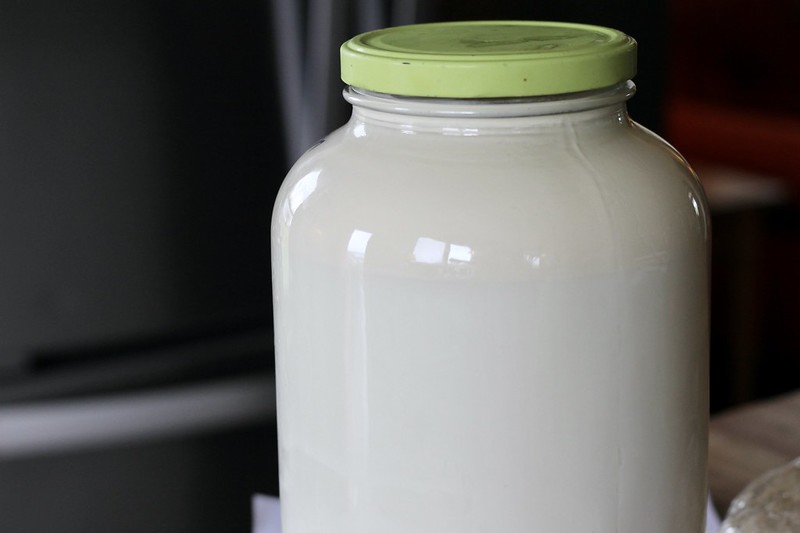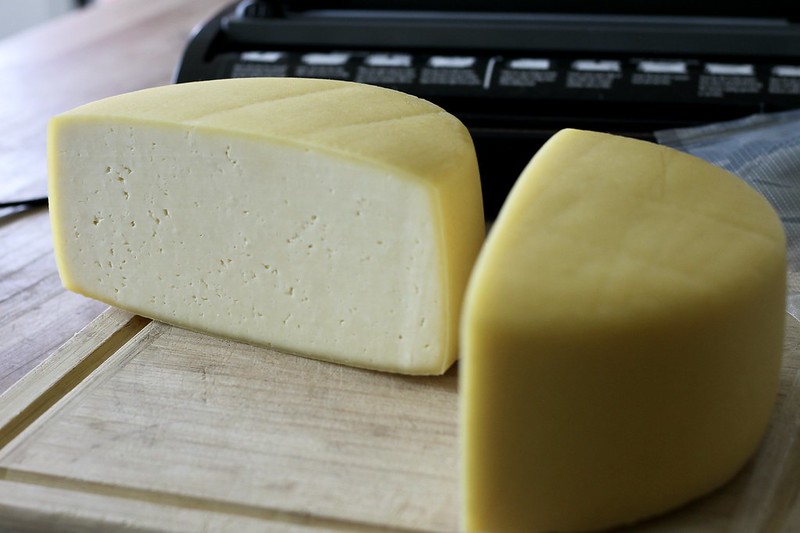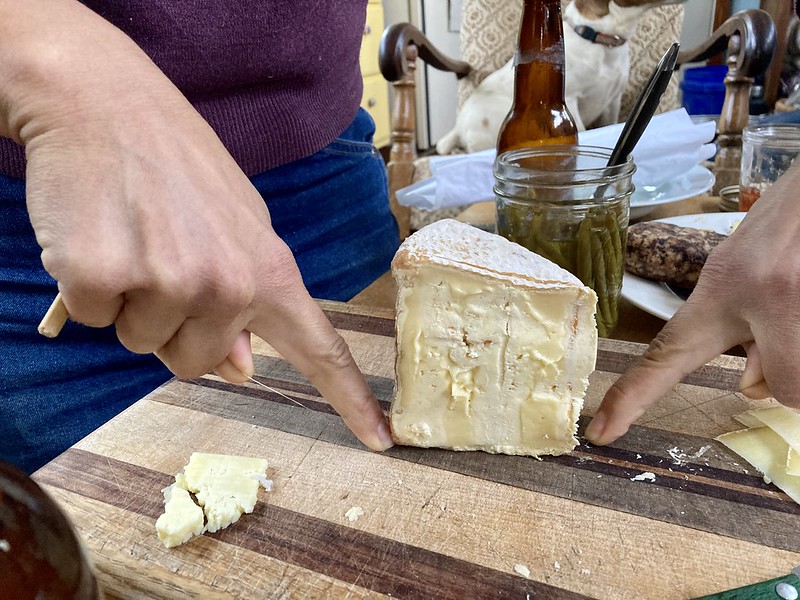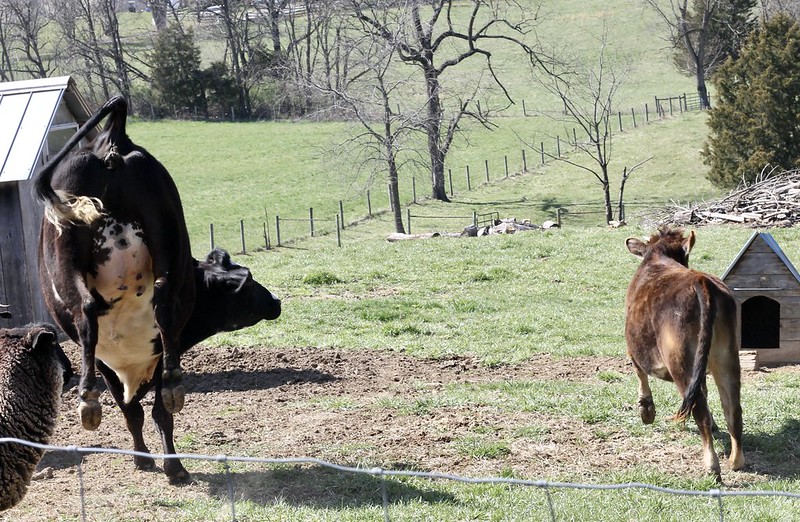Writing is something that I both hate and crave. The process of getting words on paper is mind-bending and tedious, and the edits are never ending. Sitting on my butt for hours on end is physically painful, and keeping my attention so narrowly focused (at least for me) is just one small step removed from hell. And yet writing is how I process my life. It’s how I think. I often don’t know what I think until I’ve written out my thoughts and edited them into submission. That done, I feel good — better. Like I’ve accomplished something.
So to get myself to write and then stick with it, I’ve created a system. Each day I set a goal for how much time I’m going write. It could be two hours, or five, or maybe three and a half. I prioritize my writing time over other projects, but I try to also be fair with myself. I’m not a machine.
Once at my desk, I shut down all my computer tabs (Gmail, Facebook, Instagram), spread out the pages I’m working on, open Scrivener, set my phone timer for 30 minutes, and get to work. When the timer goes off, I make a tally mark on a scrap of paper and break to pee, eat breakfast, make a cup of tea, skim an article, put another load of laundry in the machine, talk to the kids, check email, whatever.

As much as I’d like to dillydally, I know I need x-amount of tally marks before I can quit for the day and messing around is only going to prolong the agony. So, trying not to think too hard, I quickly shut everything down again (Ha! I tricked myself into listening!) and get to work. Once I reach the day’s tally mark goal, I write the total number of writing hours on the family calendar and at the end of the week I add them up. If I come up short, I may make myself write an extra hour or two on the weekends.
The other day when I was describing my writing method to a friend, she told me that she does this all the time, except in her case she uses it, not with writing, but when she’s cleaning a room or paying bills or whatever. Having a finite end-time, particularly with tasks that can drag on, makes starting easier.
“There’s a name for this timer method,” she said. “Pom-something. I think it’s a kind of tomato.”
And then a few days later I was talking about my writing method again, this time with my sister-in-law, and she said she does the same thing, except she uses an app (there’s an app!) instead of a phone timer. Once a week, she and her co-workers gather virtually to write, and every 25 minutes she takes a 5-minute break. “It’s the Pomodoro Method,” she said.
And then I looked it up. “Pomodoro” is Italian for tomato and it’s called the Pomodoro method after the Pomodoro kitchen timer which is made in the shape of a tomato.
This same time, years previous: the coronavirus diaries: week 57, the coronavirus diaries: week 5, the quotidian (4.3.19), missing Alice, millet muffins, oatmeal raisin cookies, yellow cake, cardamom orange buns.
























